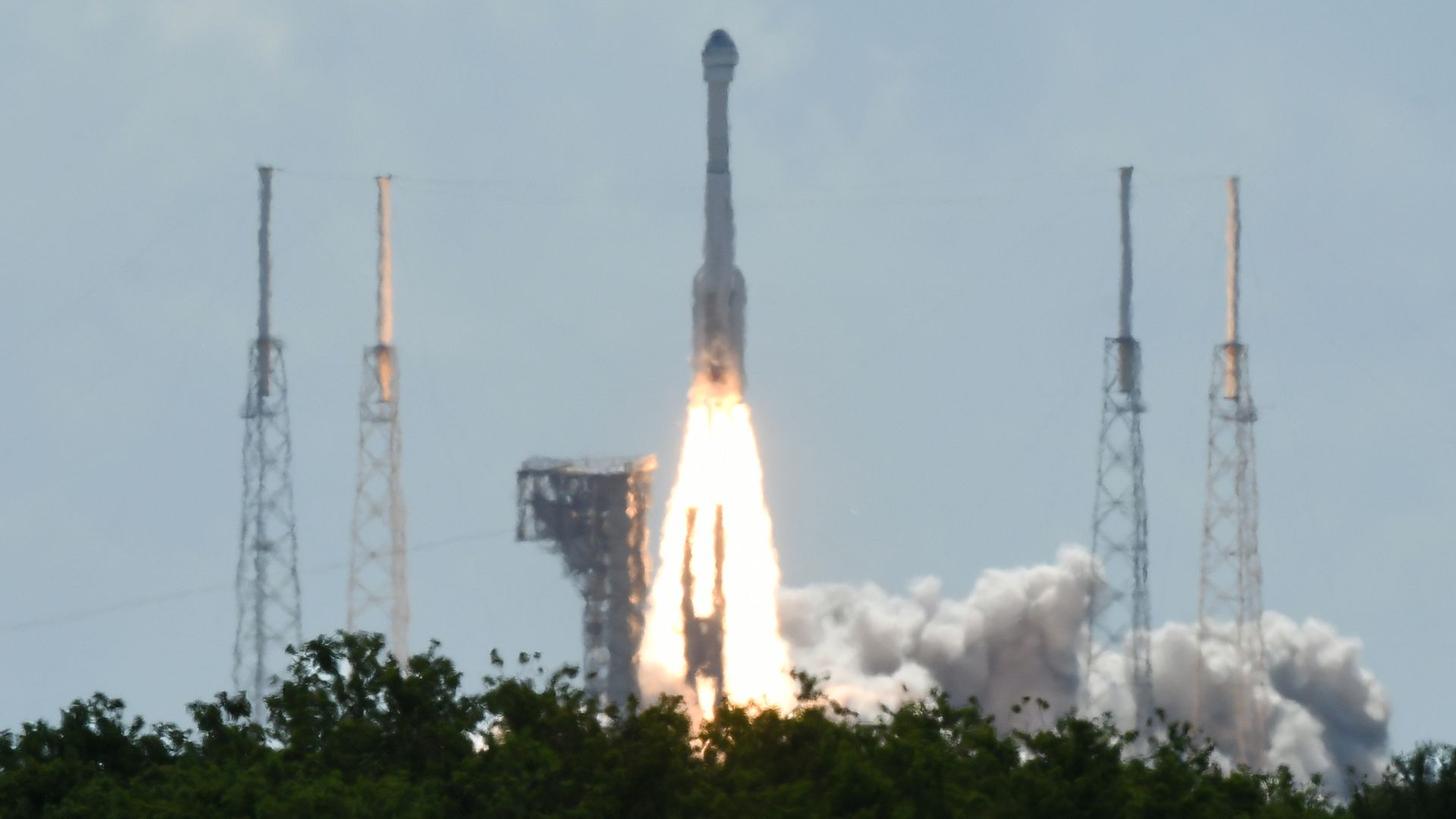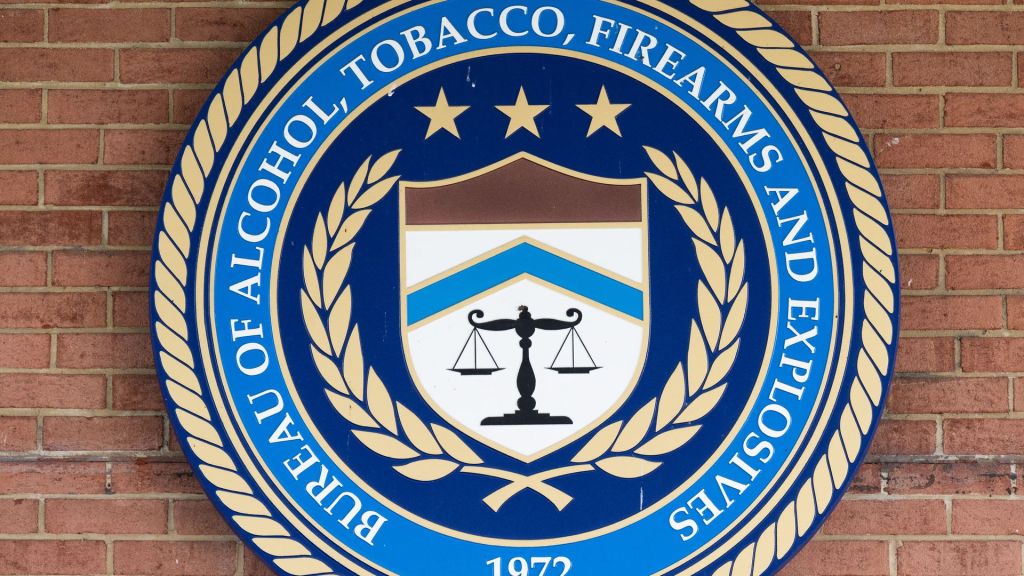
[LAUREN TAYLOR]
A CHEMICAL COMMONLY FOUND IN ROCKET FUEL AND FIREWORKS IS FOUND IN A WIDE ARRAY OF FOOD PRODUCTS – ESPECIALLY THOSE POPULAR WITH BABIES AND CHILDREN – AND DRINKING WATER… ACCORDING TO NEW FINDINGS FROM CONSUMER REPORTS.
THE TESTS COME DECADES AFTER THE CHEMICAL “PERCHLORATE” WAS FIRST FOUND TO BE A CONTAMINANT IN FOOD AND WATER.
IN 2003 – THE ENVIRONMENTAL WORKING GROUP FOUND THAT CHEMICAL IN 20 PERCENT OF GROCERY STORE LETTUCE IT TESTED.
PERCHLORATE HAS BEEN LINKED TO POTENTIAL BRAIN DAMAGE IN FETUSES AND NEWBORN BABIES… AS WELL AS THYROID ISSUES IN ADULTS.
IN CONSUMER REPORTS’ MOST RECENT TESTS – PERCHLORATE WAS DETECTED IN MEASURABLE LEVELS OF 67 PERCENT OF 196 SAMPLES THEY TESTED FROM 63 GROCERY AND 10 FAST-FOOD PRODUCTS.
THE TESTS FOUND PERCHLORATE IN FOODS’ PACKAGING MOST OFTEN.
FOODS IN PLASTIC CONTAINERS HAD THE HIGHEST LEVELS… FOLLOWED BY FOOD PACKAGED IN PLASTIC WRAP AND PAPERBOARD.
CONSUMER REPORTS SAYS FOODS OFTEN CONSUMED BY CHILDREN HAD THE HIGHEST LEVELS OF PERCHLORATE… BUT FRESH FRUITS AND VEGETABLES AND FAST FOOD ALSO CONTAINED THE CHEMICAL.
IN 2005 – THE ENVIRONMENTAL PROTECTION AGENCY SET A REFERENCE DOSE FOR PERCHLORATE OF ZERO POINT 7 MICROGRAMS PER KILOGRAM OF BODYWEIGHT A DAY.
CONSUMER REPORTS SAID NONE OF THE FOODS TESTED CONTAINED LEVELS SURPASSING THAT SUGGESTED DAILY LIMIT.
CONSUMER REPORTS’ TESTS DID *NOT* SHOW *WHY* SOME FOODS HAD HIGHER LEVELS OF PERCHLORATE THAN OTHERS — BUT THEY SAY ANTI-STATIC PLASTIC COULD BE PART OF THE REASON IN SOME PACKAGED GOODS.
SEPARATELY – CONSUMER REPORTS RESEARCHERS SAID FRESH PRODUCE COULD CONTAIN PERCHLORATE – BECAUSE IT’S IRRIGATED WITH CONTAMINATED WATER.
THE NATIONAL INSTITUTES OF HEALTH SAYS MOST DRINKING WATER CONTAMINATION COMES FROM THE MANUFACTURE, DISPOSAL, AND RESEARCH OF PROPELLANTS, EXPLOSIVES AND PYROTECHNICS – AS WELL AS ACCIDENTAL RELEASES FROM FACTORIES AND ROCKET LAUNCH FAILURES.











